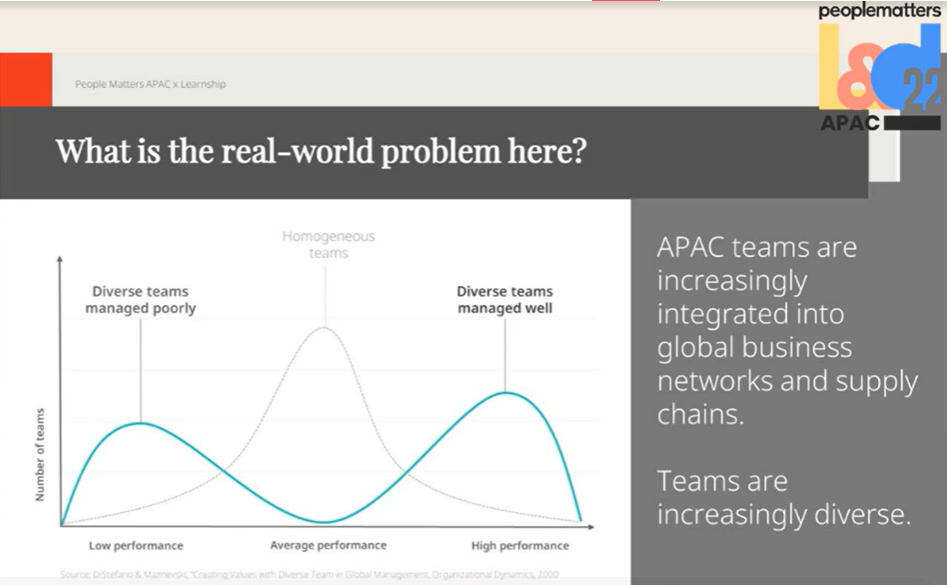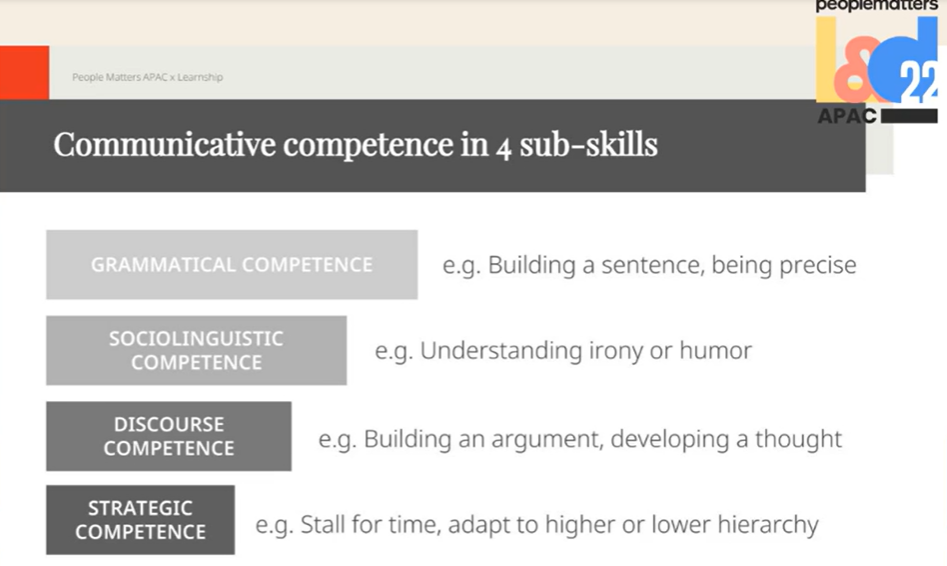Here’s why companies need to invest in communication competence

With fast-growing economies, several companies from the Asia Pacific region are increasingly integrated into global business networks and supply chains.
This growth results in a greater diversity of talent across companies, increased exposure of locally grown businesses going global, and vice versa. On the other hand, several companies are mandating talent diversity as part of their people strategy.
When diversity is not handled well, companies could encounter many challenges, including cultural, linguistic, and business-related.
In a talk at the People Matters L&D APAC conference, Rob Szabo, Vice President of Learning Sciences, Learnship, spoke about overcoming communication-related challenges that could make business difficult to do.
Drawing from the field of applied linguistics, which investigates language-related real-world problems, Rob highlighted key focus areas. He noted that “there are several reasons why friction could develop among diverse teams. It could include culture, language, time zones, disciplines.”
Research suggests that when diverse teams are poorly managed, their performance could be poorer than homogeneous teams, where everyone is likely to speak the same language, belong to a particular nationality, or follow the same norms. But when companies manage diverse teams well, they outperform homogenous teams.

What is communicative competence?
Broadly, it means how well someone can communicate with others.
“When you look at it further, it is not just those who can make precise/accurate constructions in the target language. But we’re also looking at the way you’re able to adapt to your counterpart,” Rob said.
That means looking at the different skill sets, approaches, and ways people process information and adapt accordingly. “You need to have multiple modes of communication, and you need to switch appropriately, coherently, precisely,” he added.

“Culture is a major diver for the communication strategy that we choose,” Rob said. And there are several elements that can serve as a roadblock:
- Phonology – Vowel sounds, consonants, word stress, patterns
- Vocabulary – World Englishes
- Communications styles – Polite, indirect, yes culture, face culture
- Gestures – Non-verbal, nuance
For example, in the West, communication can often be direct and pointed. However, in other cultures, it may be misinterpreted, which can become a roadblock along the way.
Companies today need scalable programs, upskilling and skill-focused content to ensure they’re keeping their diverse teams engaged, productive and impactful.
















